.jpg)
PierreJoseph Redouté (SaintHubert 17591840 Paris) , A bouquet of roses and rose buds, with a
Pierre-Joseph Redouté - often called the Raphael of Flowers - reached a zenith in flower painting, at the juncture between science and fine arts. He became a model, still celebrated today for the elegance and accuracy of his interpretation of the new flora that appeared in gardens between the end of the Ancien Regime and the first half of the 19th century.
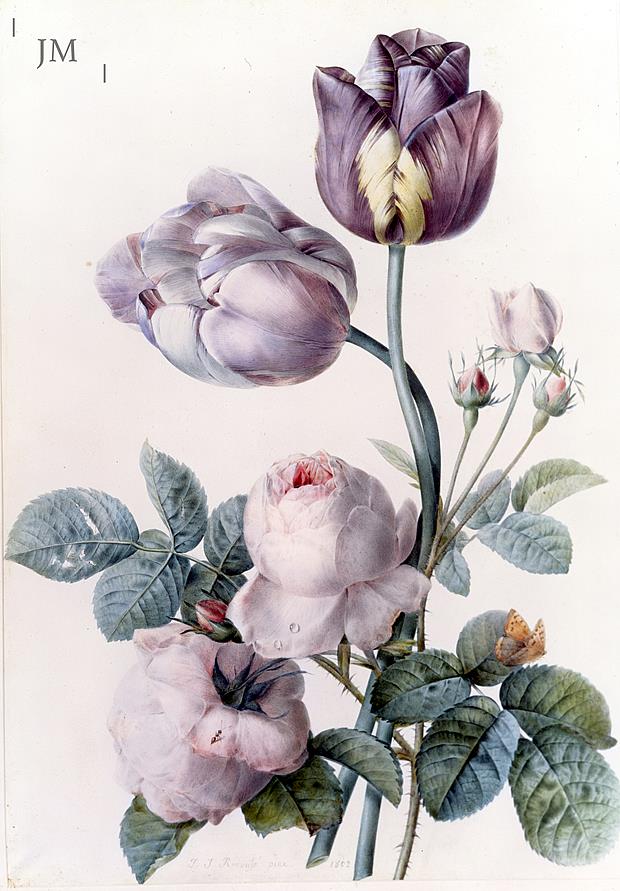
PierreJoseph Redouté (1759 1840)N/A John Mitchell Fine Paintings
A Redoute treasury : 468 watercolours from Les Liliacees of Pierre-Joseph Redoute By: Redoute, Pierre-Joseph, illus; Contributor(s): Mallary, Frances, jt. author; Mallary, Peter; Material type: Text Publication details: London Dent c1986 Description: 228 p ISBN: 0460047302; Subject(s): Flowers in art; Botanical illustration; DDC classification.

PierreJoseph Redouté (1759 1840)N/A John Mitchell Fine Paintings
Pierre-Joseph Redouté was one of the most talented botanical artists ever known. He is also possibly the most popular botanical artist in history. Many people first become interested in botanical art after seeing reproductions of his paintings of roses, lilies and other flowers. He was born in 1759 in what is now Belgium and died in June 1840.

PierreJoseph Redouté, a master of flowers Paris Diary by Laure
Pierre Joseph Redouté (French, 1759-1840) 18th century. Prune Royale. Pierre Joseph Redouté (French, 1759-1840) 18th century. Figue violette. Pierre Joseph Redouté (French, 1759-1840) 18th century. How Graphite Drawings are Made An illustrated explainer.
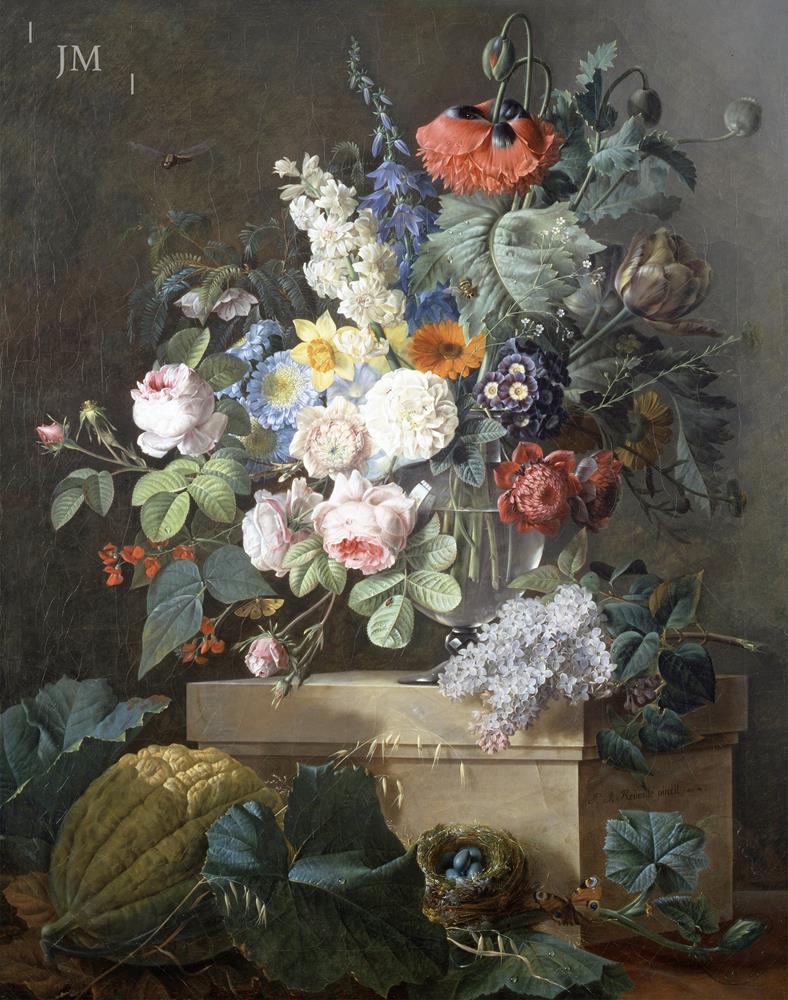
PierreJoseph Redouté (1759 1840)N/A John Mitchell Fine Paintings
Probably the most famous of botanical artists, Pierre-Joseph Redouté (1759-1840) was born in Saint-Hubert (then a part of Luxembourg and now Belgium) into the third generation of artists in the family. At the age of 13 he set off to travel through Luxembourg, Flanders and Holland to study and work as an itinerant painter.
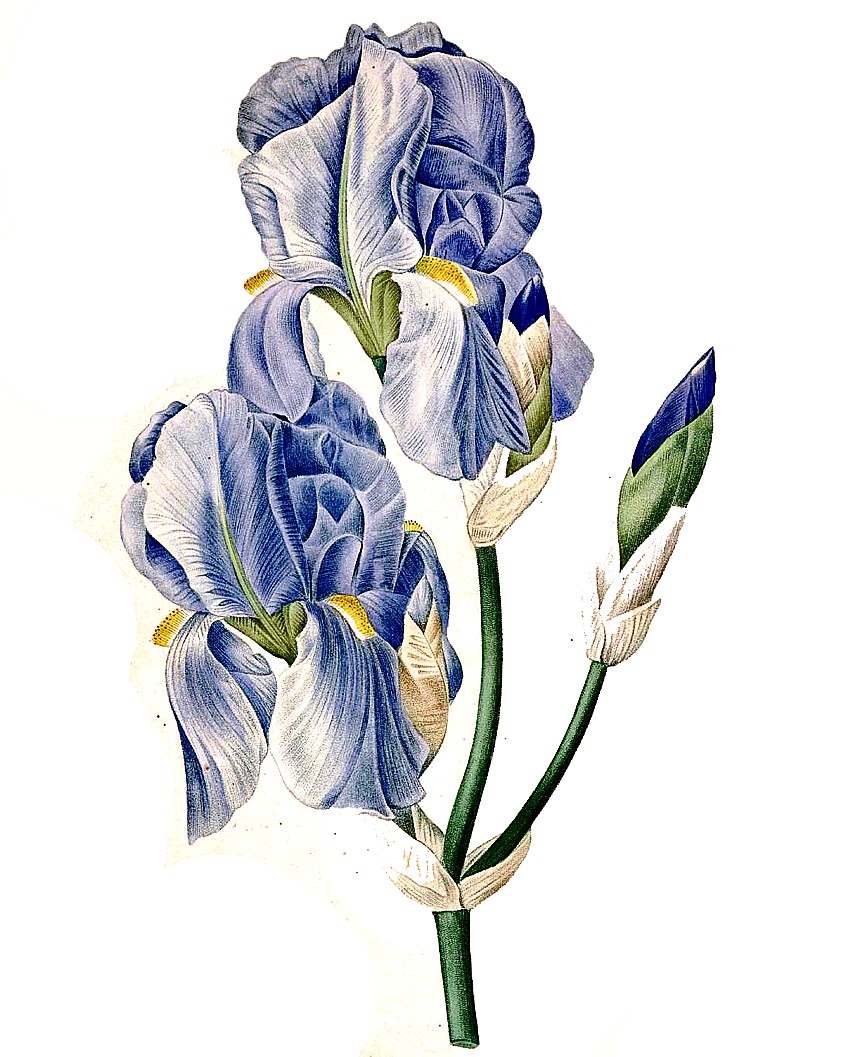
Art Now and Then PierreJoseph Redoute
The man who painted roses : the story of Pierre-Joseph Redoute by Antonia Ridge By: Ridge, Antonia; Material type: Text Publication details: London Faber and Faber c1974 Description: 409 p. illustration on frontispiece 21 cm ISBN: 0571105548; Subject(s): Redoute, Pierre-Joseph, 1759-1840; Botanical artists; DDC classification: 920 R24

PierreJoseph Redouté. Иллюстрации. 2 aira68 — LiveJournal
Pierre-Joseph Redouté, (born July 10, 1759, Saint-Hubert, Luxembourg—died June 20, 1840, Paris, France ), French botanical painter. He became a favoured artist at the court of France, patronized by kings from Louis XVI to Louis-Philippe. His delicate botanical prints were not only framed as pictures but also used for china patterns.

Pierre Joseph Redoute Alchetron, The Free Social Encyclopedia
Nicknamed the 'Raphael of flowers', Pierre-Joseph Redouté was a brilliant flower painter of the Enlightenment, a period when the study of nature began to develop considerably. Although a large portion of his work has come down to us (he contributed to around fifty botanical works by Lamarck, Candolle and others), many of his original watercolours were lost in the fire of 1871 at the.

PierreJoseph Redouté, le Raphaël des fleurs La terre est un jardin
Art and Artists It was in June of 1840, the month of roses, when Pierre-Joseph Redouté died suddenly at the age of eighty. His coffin was laid to rest in Père Lachaise Cemetery in Paris with a wreath of roses and lilies, the two flowers he loved the most.

Le pouvoir des fleurs PierreJoseph Redouté (17591840) Le Magazine de Proantic
The Pierre-Joseph Redouté Museum (1759-1840), a nonprofit organization founded in Saint-Hubert on June 7, 1984, aims to promote the knowledge and fame of the painter-botanist, born in Saint-Hubert on July 10, 1759, of his family and of artists of his time who have enriched the cultural heritage of the city of Saint-Hubert, the Ardennes and Luxem.

PierreJoseph Redouté (1759 1840)N/A John Mitchell Fine Paintings
Pierre-Joseph Redouté ( French pronunciation: [pjɛʁ ʒozɛf ʁədute], 10 July 1759 - 19 June 1840), was a painter and botanist from Belgium, known for his watercolours of roses, lilies and other flowers at the Château de Malmaison, many of which were published as large coloured stipple engravings. [1]
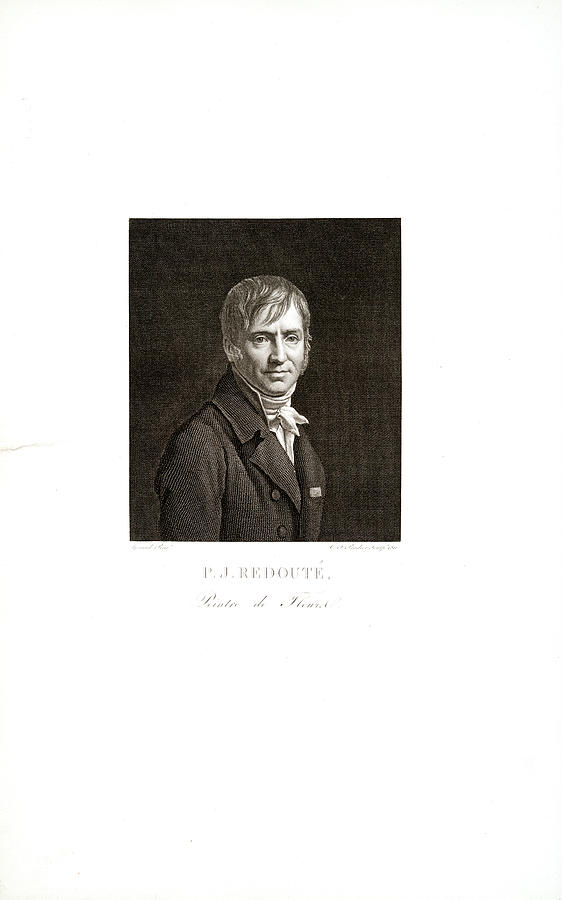
Pierre Joseph Redouté, Peintre De Fleurs Painting by Artokoloro Pixels
Pierre Joseph Redoute. Botanical artist and royal flower painter Pierre-Joseph Redoute (1759-1840), survived the turbulent political upheaval to gain international recognition for his precise renderings of plants which remain as fresh in the late 20th century as when first painted. Paris was the cultural and scientific center of Europe during.

PierreJoseph Redouté Blumen aus Leidenschaft
Jul 10, 1759 - Jun 19, 1840. Pierre-Joseph Redouté, was a painter and botanist from Belgium, known for his watercolours of roses, lilies and other flowers at Malmaison, many of which were published as large, color stipple engravings. He was nicknamed "the Raphael of flowers" and has been called the greatest botanical illustrator of all time.
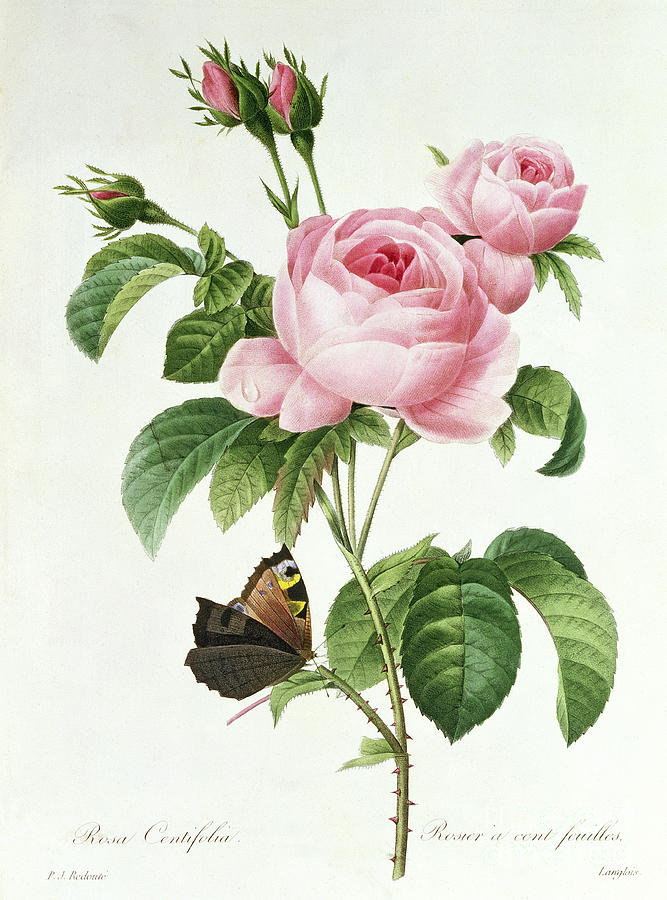
Pierre Joseph Redoute Alchetron, The Free Social Encyclopedia
Redouté, Pierre-Joseph (1759 - 1840) Paris. Botanical artist, illustrator and engraver. Born in 1759 at Saint-Hubert, a village in a part ofthe Ardennes that then belonged to the Duchy of Luxembourg and now belongs to Belgium. His father painted, and so eventually did two brothers.

EXPOSITION PierreJoseph Redouté, le pouvoir des fleurs La Plume de l'OiseauLyre
Pierre Joseph Redoute Artworks View all 12 artworks Pierre Joseph Redoute lived in the XVIII - XIX cent., a remarkable figure of Belgian Neoclassicism. Find more works of this artist at Wikiart.org - best visual art database.

PierreJoseph Redouté Site du Musée Médard de Lunel
The most celebrated flower painter of quite possibly the entire history of botanical art is Pierre-Joseph Redouté. Nicknamed "the Raphael of flowers," Redouté published over 2,100 plates depicting over 1,800 species - many of which had never before been illustrated for publication - throughout his career (University Libraries 2013).